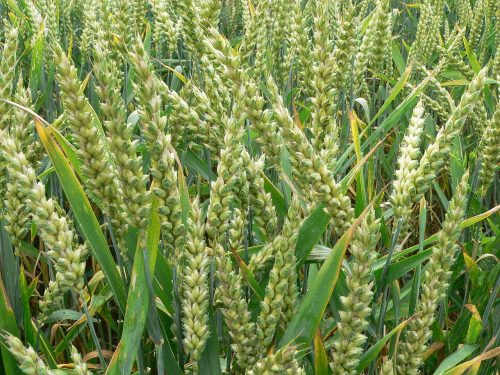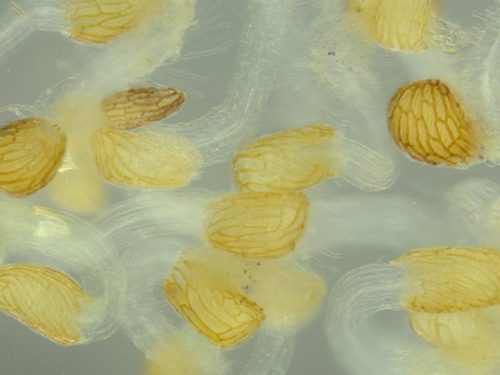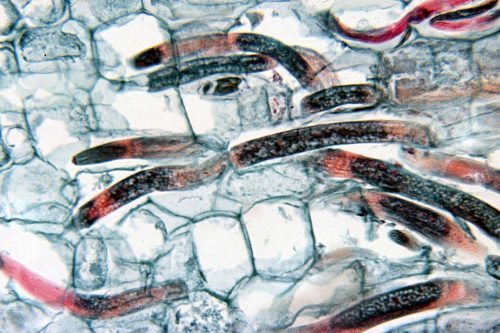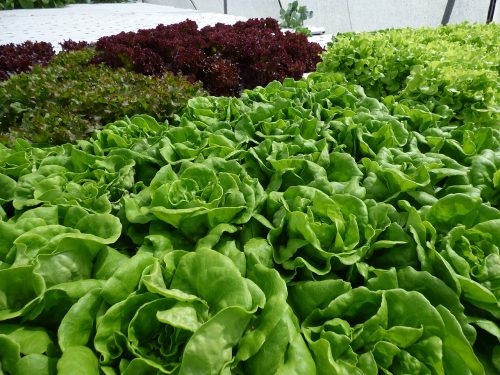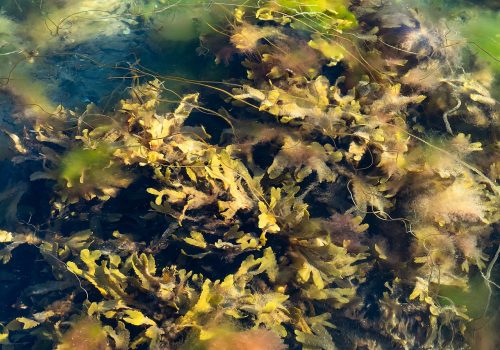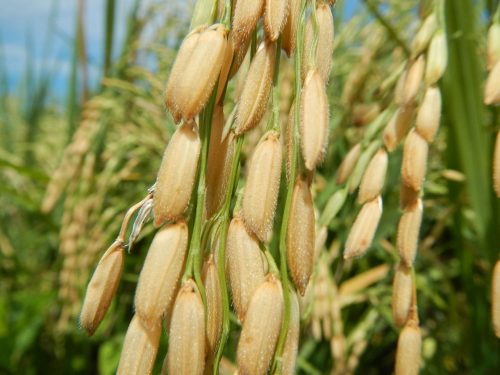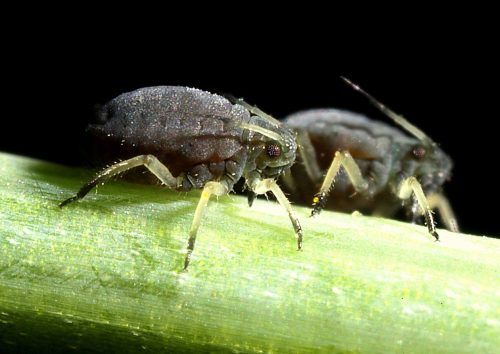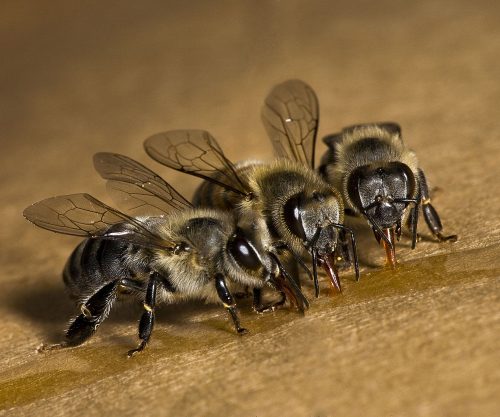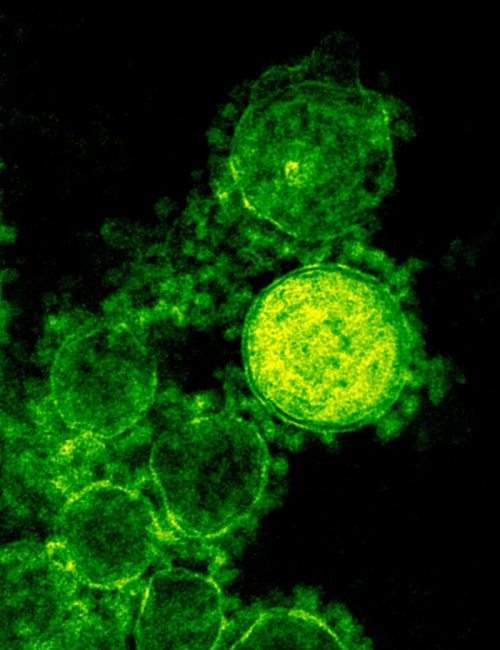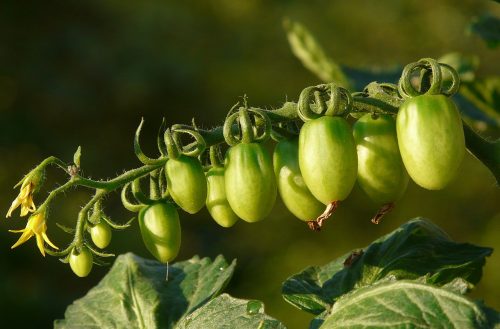
Robustness is a characteristic that is highly desired for all plants that we grow, with the term covering the gamut of stress resistances and ability to defend oneself from pathogenic attacks. At the same time, however, agricultural breeders desire to bring in wild relatives of plants to provide a greater diversity of traits and, indeed, […]

